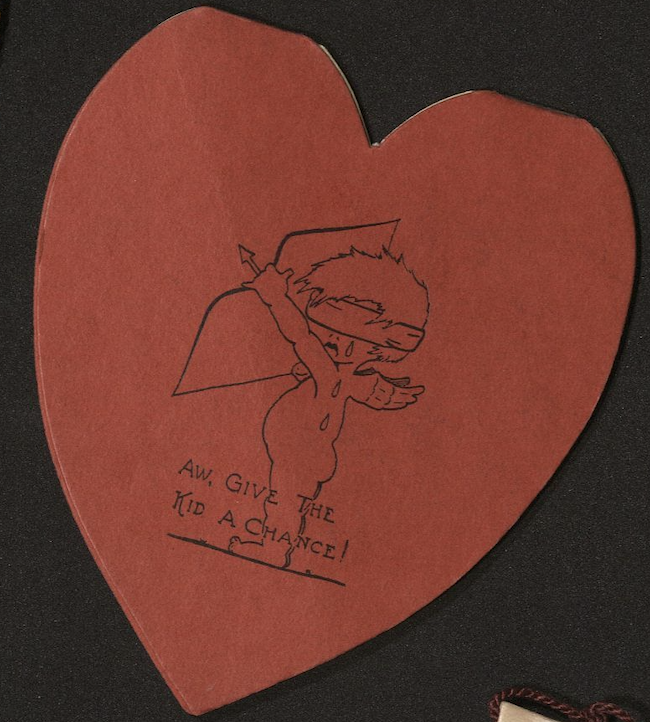
Chances are, if your campus experience here was characterized by a social whirlwind of activity where you went to nickel hops, picked up “paw paws,” saw a stunt show, or joined your fellow students in a serpentine formation at a football game, then, you are familiar with dance cards!
Dance cards were a longtime fixture of campus life that reflected an era where social interaction between women and men was much more regulated than today. Handed out at the beginning of events where live music and dancing were the primary attraction, these cards were often little booklets that contained blank spaces to jot down names with a tiny pencil that was usually attached. These names were to correspond with dance partners that the attendees would sign up for in advance.

During the mad scramble to sign up prospective dates on the card (and possible future spouses), this ritual offered an opportunity for women and men to mix socially in a world where this activity was, more often than not, officially discouraged by the college.
To put this practice in perspective, during the dance card golden age (roughly 1910 to 1960), student housing was segregated by gender, women living in cooperative houses often needed permission to leave their residence after hours, and physical education courses were held in separate buildings that did not mix men and women together.

It is little surprise then, that dance cards became such a treasured memento among students. These little souvenirs of the good times on campus (dating, bands, and breaks from homework) occupy a lot of scrapbook space in collections that have found their way into the OSU Special Collections and Archives Research Center!
Post contributed by Karl McCreary, SCARC Collections Archivist.

